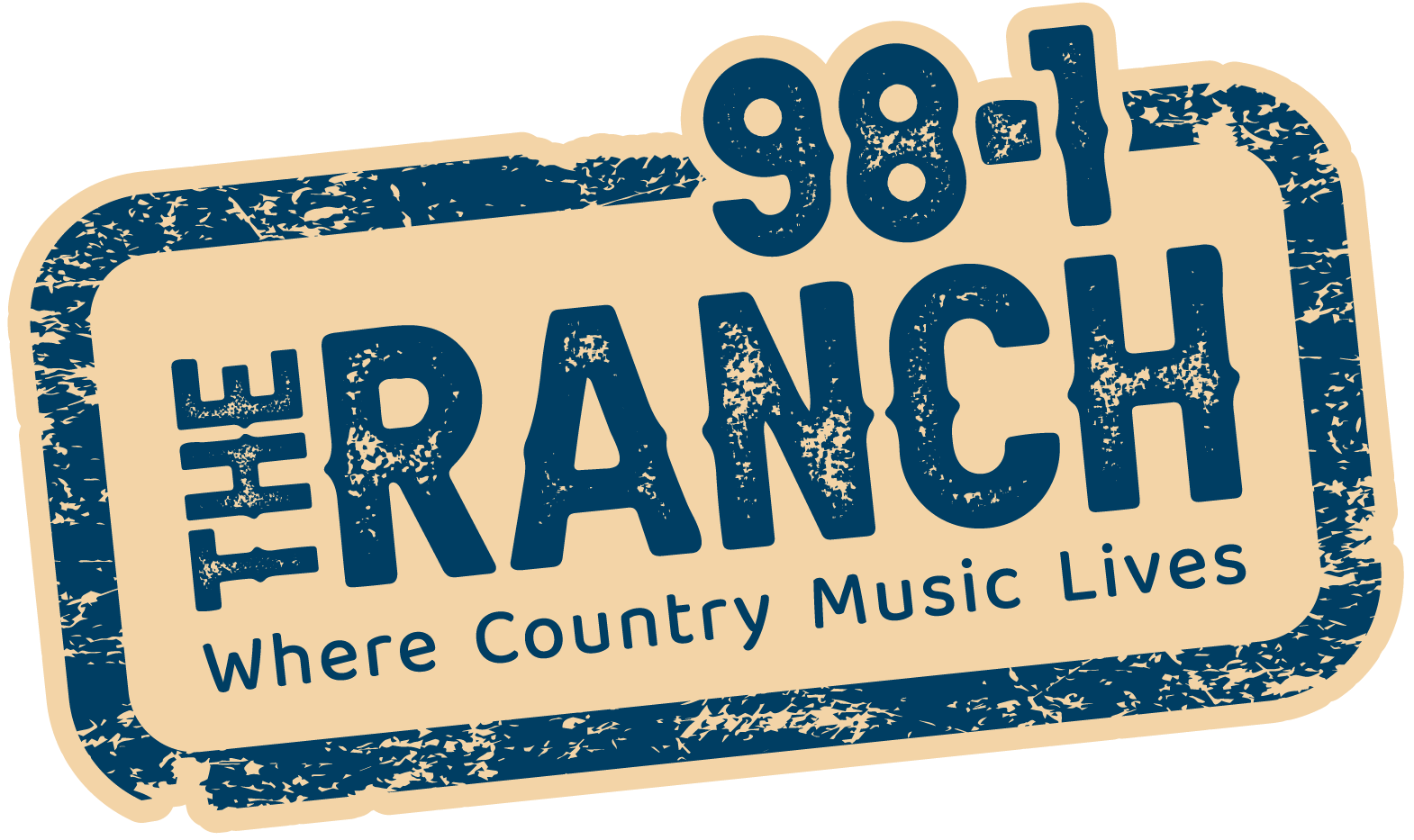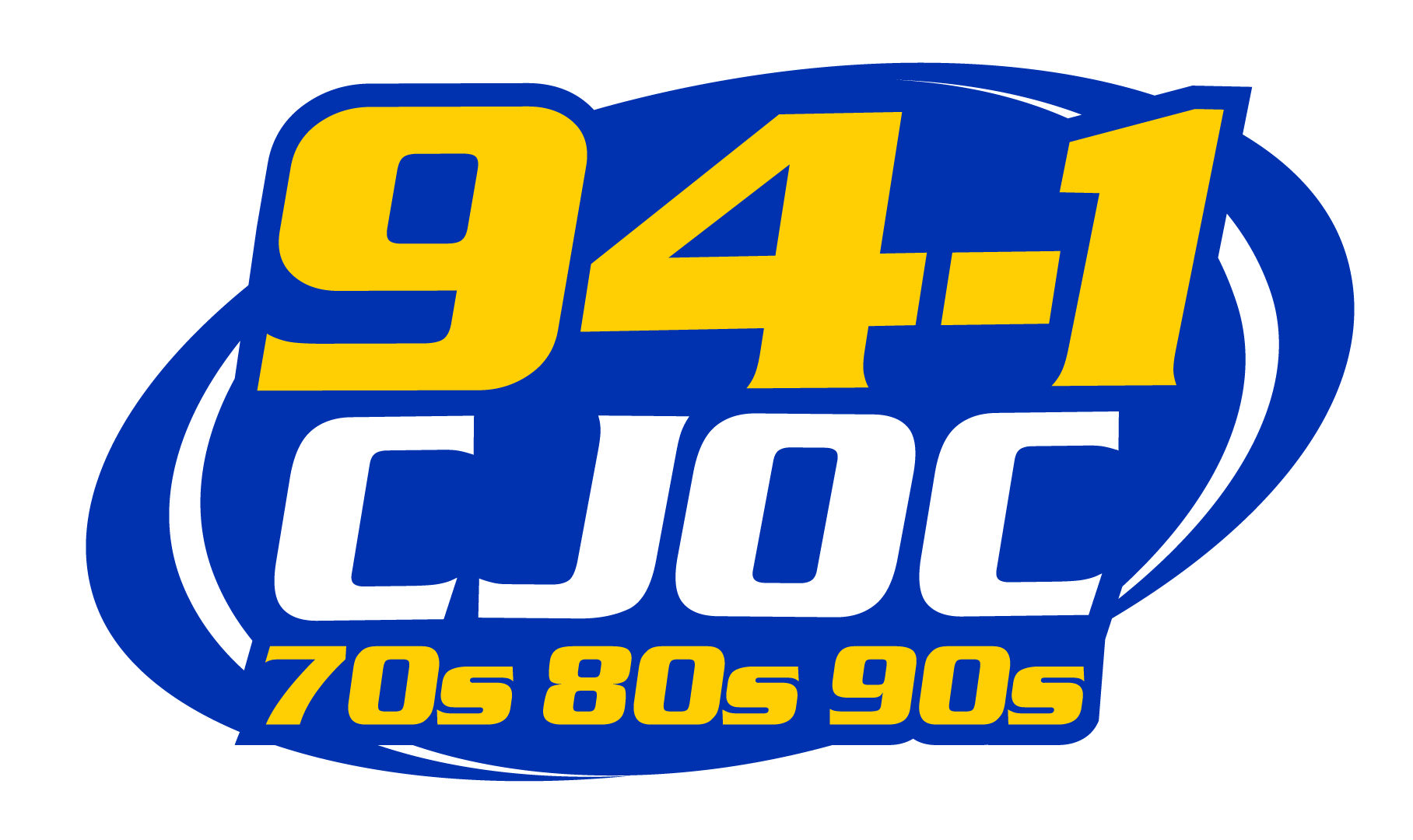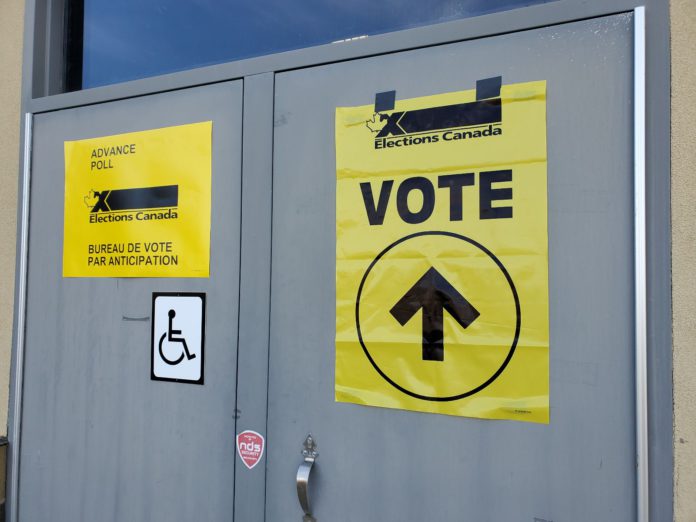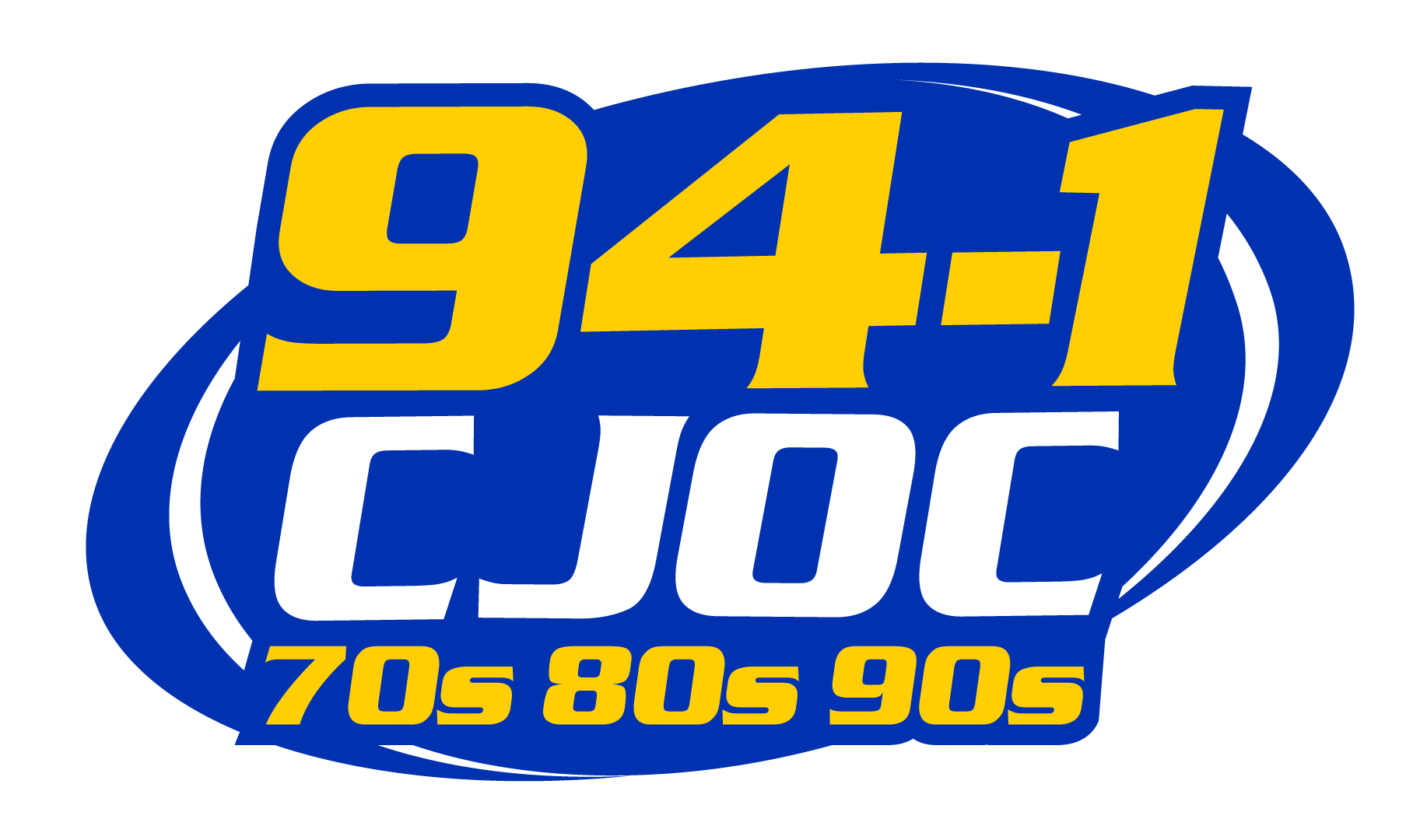During the upcoming federal election, voters could be a little confused because of changes made during the most recent federal electoral redistribution.
The electoral redistribution process is done every 10 years, with the last one happening in 2023, to adapt and reflect changes in the country’s population. Elections Canada spokesperson Leanne Nyirfa says the process is done independently of Elections Canada.
“In Canada, the number of ridings actually increased from 338 to 343 and three of those boundary changes were in Alberta,” Nyirfa notes. “In Alberta, the number of ridings increased from 34 to 37.”
In southern Alberta, some of the most notable changes include the Foothills riding gaining Blood 148 and Blood 148A reserves and Improvement District No. 4 Waterton from the Medicine Hat – Cardston – Warner riding, along with the area west of Highways 23 and Highway 24 in Vulcan County, including the town of Vulcan from the Bow River riding.
In northwestern Alberta, some of the most notable changes include the Grande Prairie – Mackenzie riding being replaced by the Grande Prairie riding, and the area east of the Smoky River, including the north-eastern pan-handle generally east of Hay River being made part of the Peace River – Westlock riding.
Central Alberta also saw some significant changes with the creation of the Ponoka – Didsbury electoral district. This district is made up of Ponoka County, Lacombe County and its surrounding municipalities, the southwestern half of Red Deer County, which includes Innisfail and Bowden, and the northeastern half of Mountain View County, including Olds and Didsbury.
According to Nyirfa, those wondering about what electoral district they fall in can visit the Elections Canada website and type in their postal code to the search area.
“It’s important that people go online to see where their boundary is because in many cases, the entire maps of the district changed.”
“You will be voting for the candidates who are running in your riding so it’s important to know what their names are… then from there you can choose how you wish to vote for.”
Advanced voting for the federal election is happening from Friday, April 18th to Monday, April 21st, with general Election Day set for Monday, April 28th.







